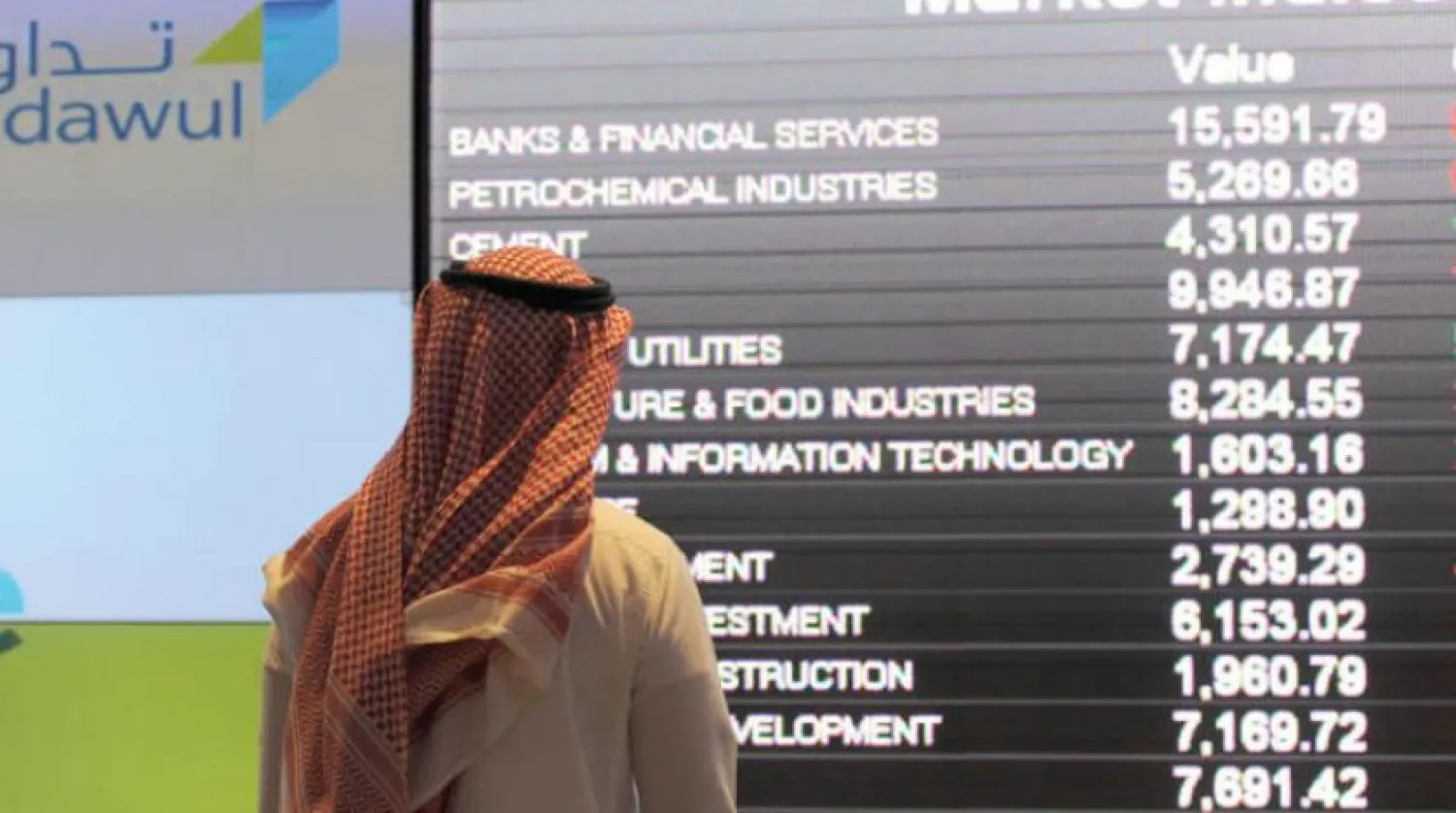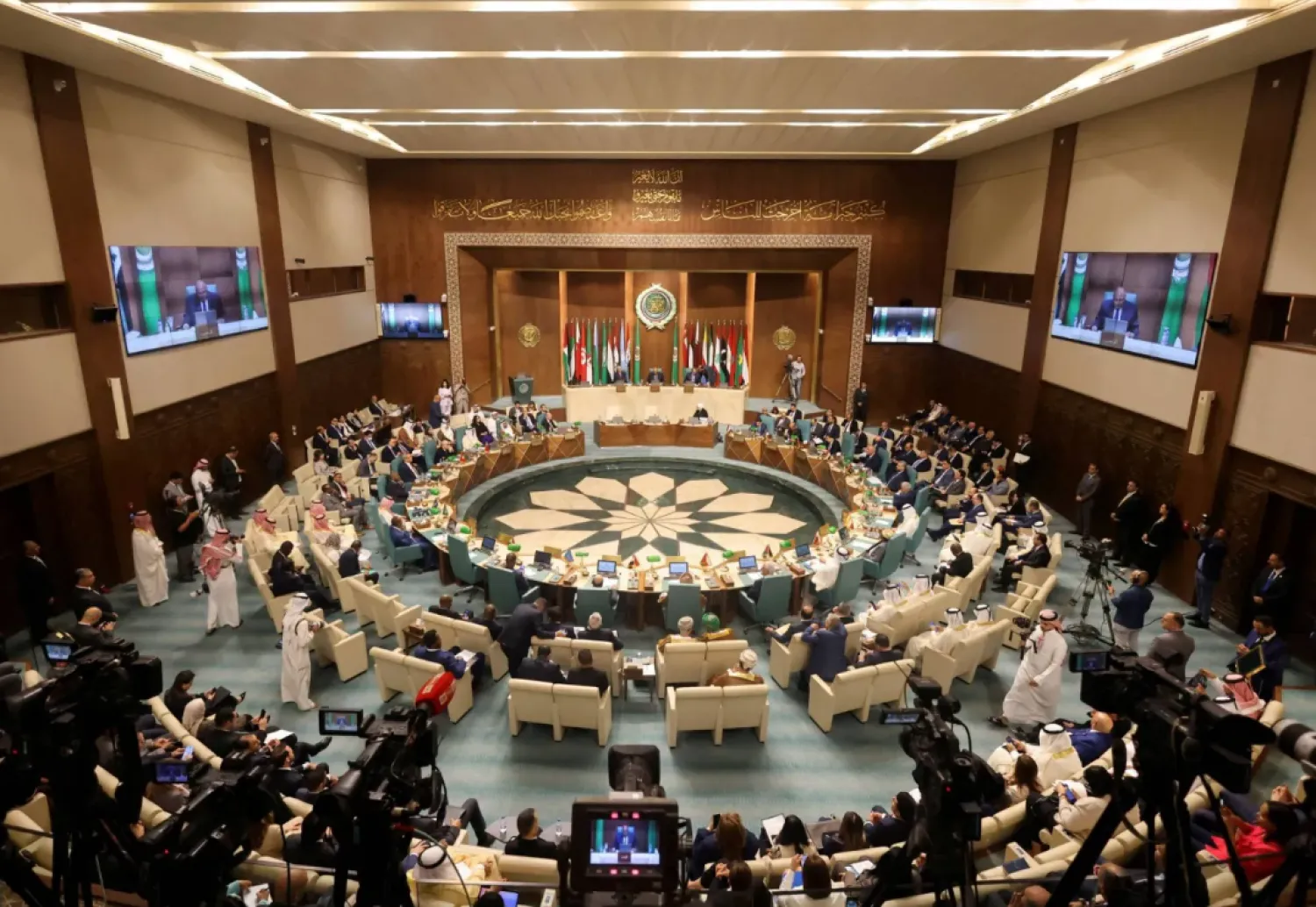Every week foreign investors pump cash into the Saudi Stock market to buy Saudi shares listed on the local capital market, showing the attractiveness of the Kingdom’s financial market.
In this context, the Saudi Stock Exchange (Tadawul) announced that the net purchases of foreign investors through foreign direct investment has amounted to about SAR1.6 billion ($426.6 million) last week, a high liquidity that confirms the vitality of investment in the domestic market.
Foreign residing investors have bought more than SAR11 million ($2.93 million) during last week. While foreign investors tended to sell with net liquidity of about SAR44 million ($11.7 million) during the same week through swap agreements.
With the opening of the trading week on Sunday, the index of the Saudi stock market closed on green unlike SABIC, which announced a decline in profits for H1 2019 by 54.7 percent compared to H1 2018.
SABIC fell 0.7 percent and Saudi Arabia's index rose to 8,859 points, gaining 40 points amid a cash flow of two billion riyals ($533.3 million).
The market value stood at SAR2.06 trillion ($549.3 billion) on Sunday while its gains have amounted to13.19 percent since the start of trading.
The average dividend yield of listed companies in the Saudi stock market is around 3.29 percent, which is attractive to an investor looking for cash dividends away from day-to-day trades that require a lot of know-how.
In this regard, Al-Sorayai Group achieved the biggest gains on Sunday with about 10 percent, following a recommendation by the company’s board of directors to reduce the capital by 70.9 percent to cover the accumulated losses.
Notably, foreign strategic investors have become more likely to buy in Saudi companies listed on the capital market.
The Capital Markets Authority (CMA) has recently confirmed that strategic investors can acquire strategic shares in listed companies according to a package of obligations.
It excluded foreign strategic investors from the condition of owning more than 49 percent of listed companies in the domestic market, indicating the vitality of the country’s financial market.









